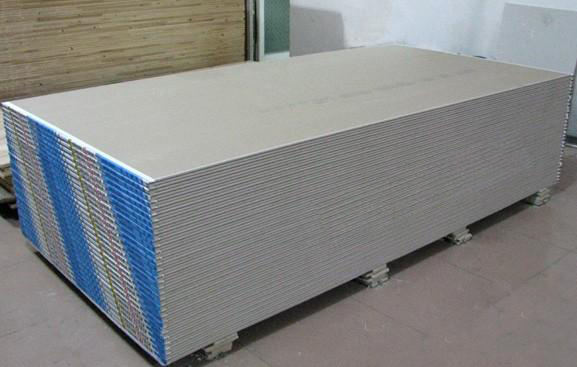
Placoplatre Weights and Dimensions: A Guide for Your Next Construction Project
When selecting the right building materials, one of the key considerations is understanding their weight and dimensions. For Placoplatre—a versatile and reliable drywall solution—it’s essential to know the weight and size specifications to ensure it fits your project needs perfectly. Whether you’re working on a large commercial building or a residential renovation, knowing Placoplatre’s dimensions and weight characteristics will help streamline the installation process and improve the overall efficiency of your construction.
Standard Placoplatre Dimensions
Placoplatre drywall is available in a range of dimensions to suit different applications. The most common size for Placoplatre sheets is 1200mm (width) x 2400mm (length), which is standard for many interior wall applications. However, Placoplatre also comes in different lengths and thicknesses to accommodate various structural needs. For example, you can find Placoplatre sheets as long as 3000mm for ceilings and larger surface areas, or as short as 600mm for partition walls.
The thickness of the Placoplatre sheets typically varies from 9.5mm to 15mm, depending on the requirements of the project. Thicker sheets provide added strength and soundproofing qualities, while thinner sheets are suitable for lighter-duty applications.
Weight Considerations
The weight of Placoplatre sheets depends on both the dimensions and thickness. On average, a standard 1200mm x 2400mm sheet with a 12.5mm thickness weighs approximately 10 to 12 kilograms. The weight of the sheet increases as the thickness increases, with heavier sheets offering greater durability and fire resistance. For example, a 15mm thick Placoplatre sheet may weigh closer to 14 kilograms.
When considering the weight, it’s important to account for handling and transportation. While Placoplatre is designed to be relatively lightweight compared to other building materials, its weight can still add up on larger projects. Therefore, planning the logistics of moving the sheets to your site is a critical part of project preparation.
Understanding the Weight to Strength Ratio
Placoplatre is designed to provide an excellent balance between weight and strength. Despite its relatively lightweight nature, it is highly durable and offers excellent load-bearing capacity. The material’s ability to withstand stress, moisture, and fire, all while remaining light and easy to handle, makes it the preferred choice for both residential and commercial applications.
The superior strength-to-weight ratio of Placoplatre also plays a role in reducing construction time and labor costs. Since the sheets are not overly heavy, installation is quicker and easier, reducing the need for heavy lifting equipment or multiple laborers.
Why Dimensions Matter in Your Project
Understanding the dimensions of Placoplatre sheets is crucial when designing the layout of your project. The right size sheet can minimize the number of joints, which reduces the need for additional finishing work and helps create a cleaner, more seamless look. Selecting the appropriate sheet size can also reduce material wastage, leading to cost savings and a more sustainable building process.
For instance, using larger sheets for large wall areas or ceilings can reduce the number of sheets needed and speed up the installation process. Smaller sheets, on the other hand, are ideal for tight spaces or for partitioning smaller areas. The flexibility in choosing Placoplatre’s dimensions helps meet various design needs, making it adaptable to any project.
Placoplatre for Specialized Applications
In addition to standard sizes, Placoplatre also offers specialized products for particular applications. For example, fire-resistant Placoplatre sheets may be available in specific dimensions to meet fire safety regulations. Similarly, sheets designed for moisture-resistant applications, such as in bathrooms and kitchens, may have slight variations in size and weight to improve performance in high-humidity environments.
Conclusion
Understanding the weights and dimensions of Placoplatre is vital to planning and executing a successful construction project. By choosing the right sheet size and thickness, you can enhance the efficiency of your project, minimize waste, and ensure optimal performance. Placoplatre’s lightweight yet durable characteristics, combined with its flexibility in sizing, make it an excellent choice for a wide range of construction needs.